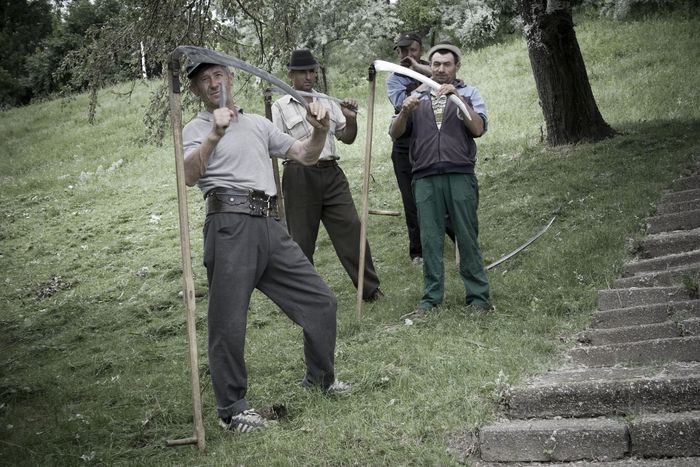
Sickles and the city: Bucharest gets sustainable (19 images)
Published on
The capital's periphery is dry. Its centre nourishes tiny green spots. In Bucharest, a city of harsh winters and hot summers, it's the instances of people working on initiatives such as recycling, cycling and organic cotton which are forcing the capital into being more environmentally conscious
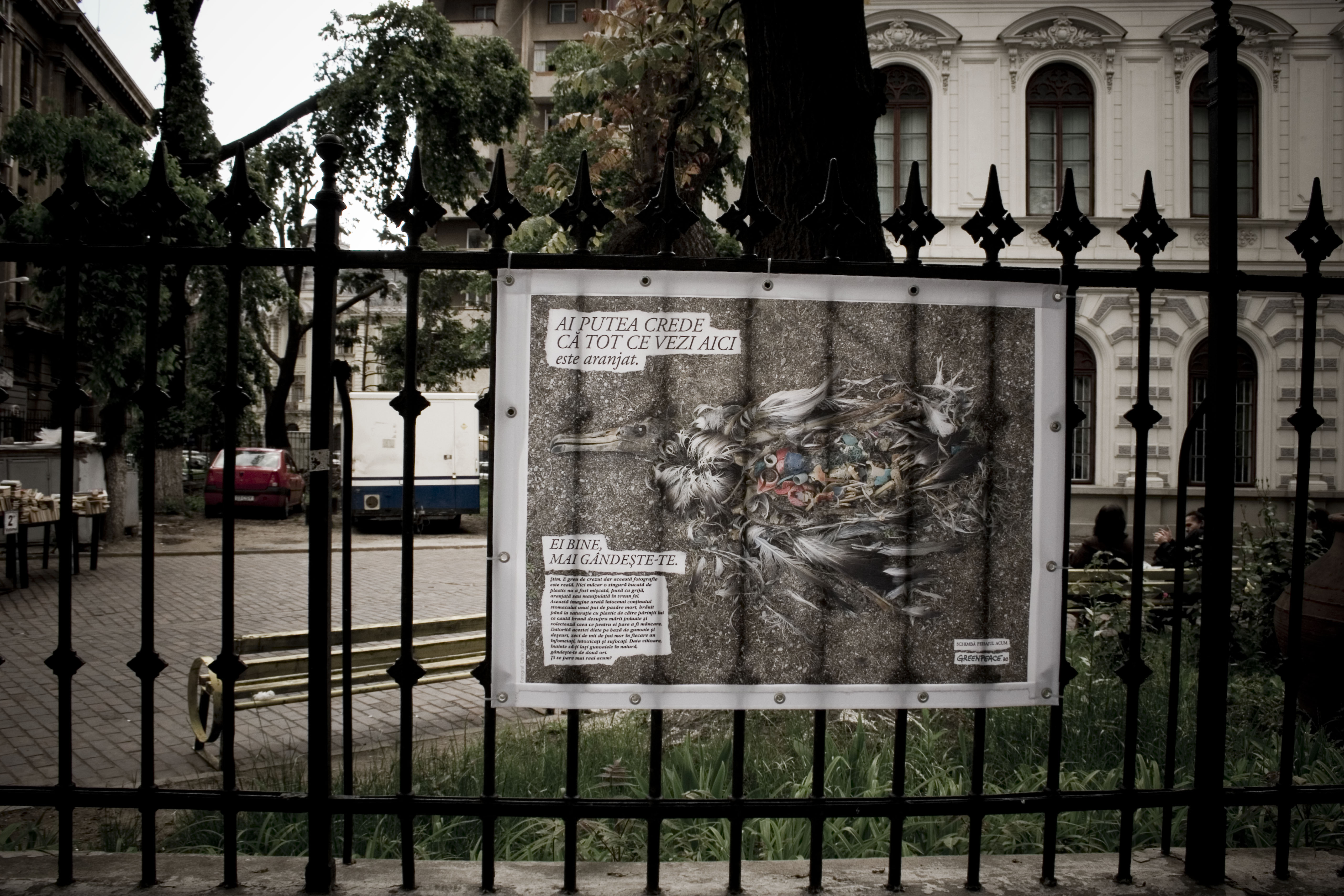
An image from American photographic artist Chris Jordan decorates the gates of a building in Bucharest: is the environmental conscience prickled here? The Greenpeace campaign is organised by Saatchi & Saatchi Romania (Image: ©Anne-Lore Mesnage/ anneloremesnage.com/)
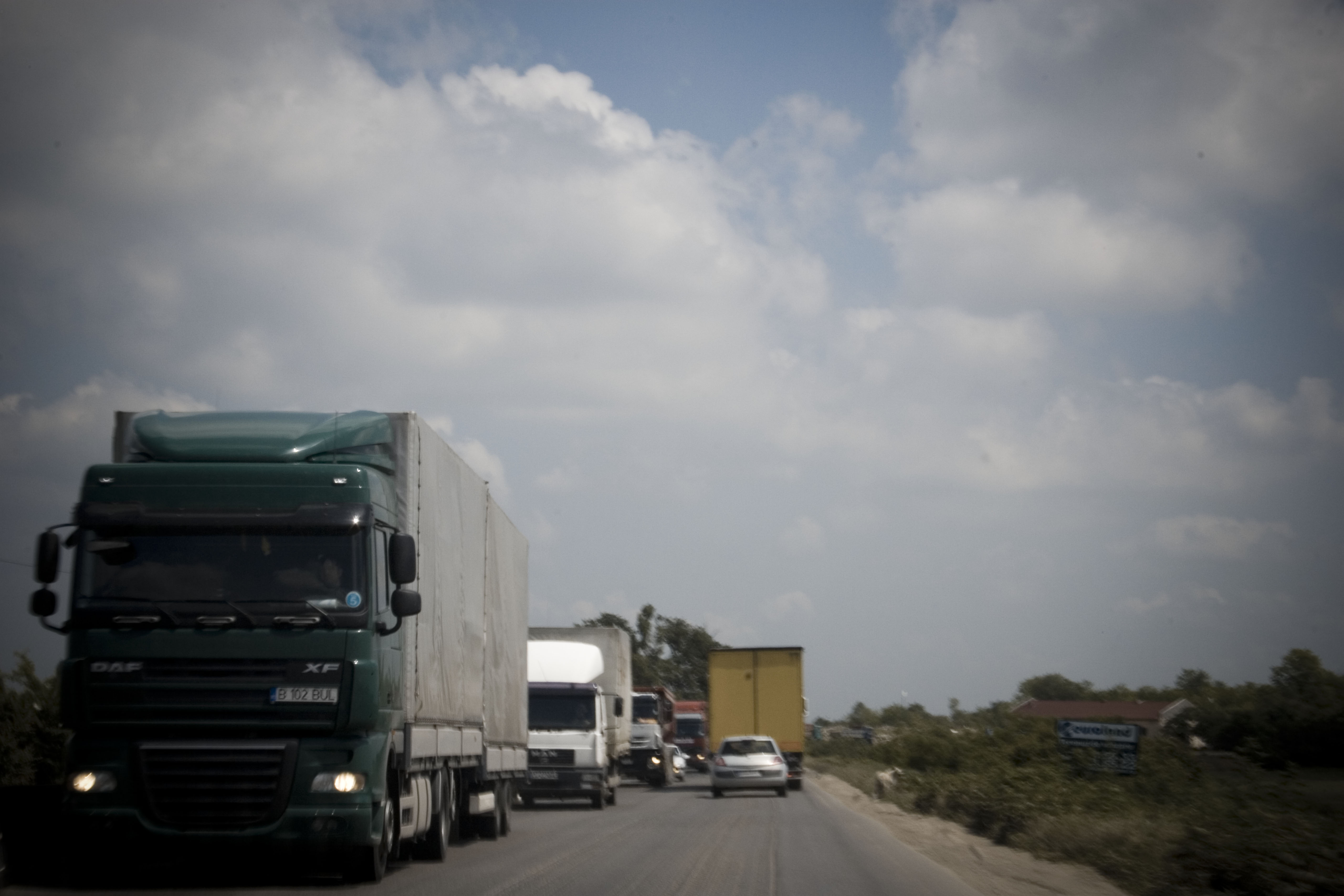
Traffic on the Bucharest periphery. The Romanian capital was designed to handle horse-and-carriages, not cars or lorries. Jams are a trend, public transport is poorly developed. A humid sun means constructing underground parking spaces are unfeasible (Image: ©Anne-Lore Mesnage/ anneloremesnage.com/)
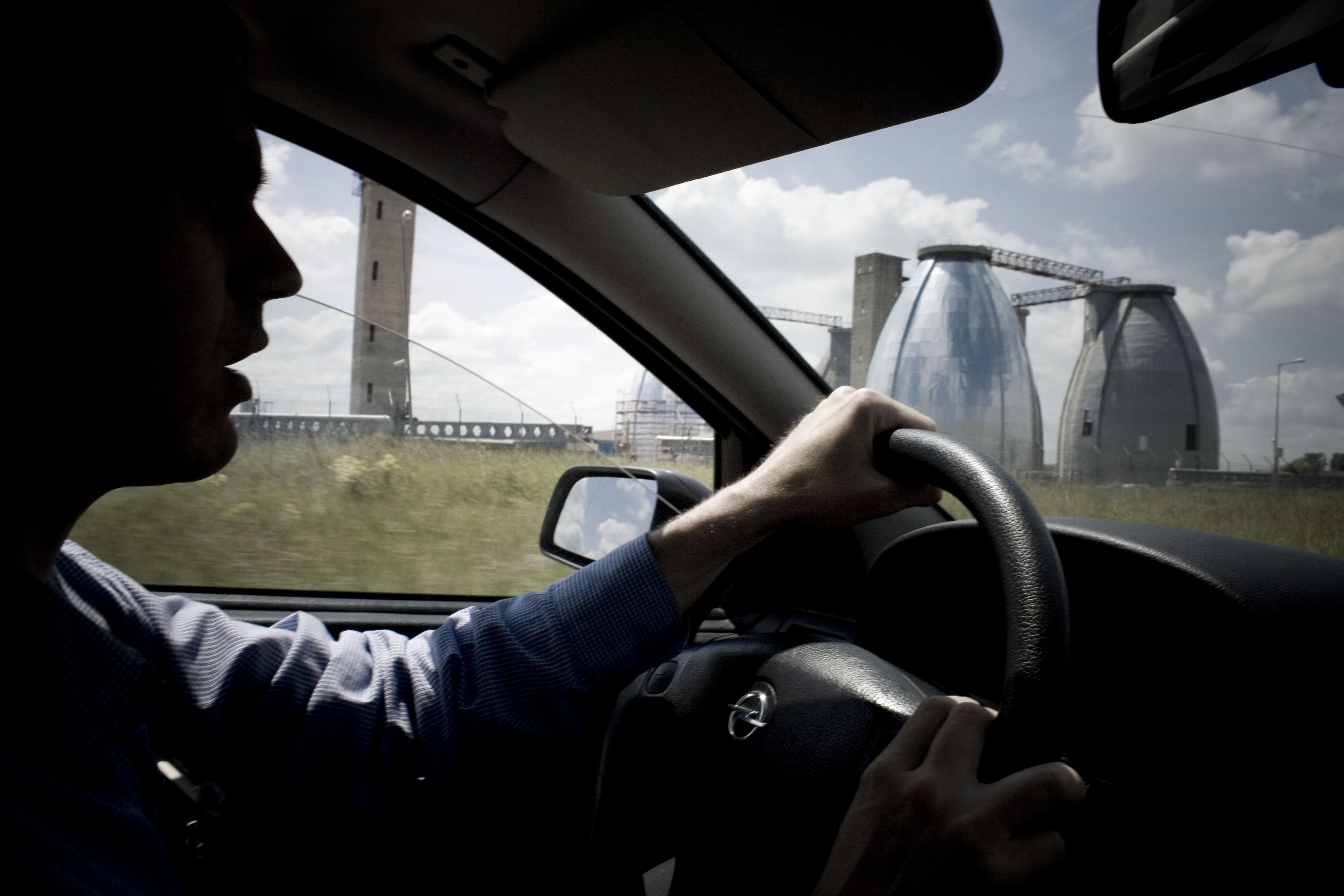
Mircea, vice president of the Viitor Plus association, drives me to Glina. The only water purification station in Bucharest looms in the background. It'll be completed in 2012, though it doesn't hold the capacity of cleaning all the used water in the city. Waste is little recycled in Bucharest, and workers collect what they can. Used water is even still thrown directly into the Dambovita, one of Bucharest's most polluted rivers, and which connects to a tributary of the Danube. The Danube's reeds help clean up the water, but the pollution is still very high, even as it joins the Black Sea (Image: ©Anne-Lore Mesnage/ anneloremesnage.com/)
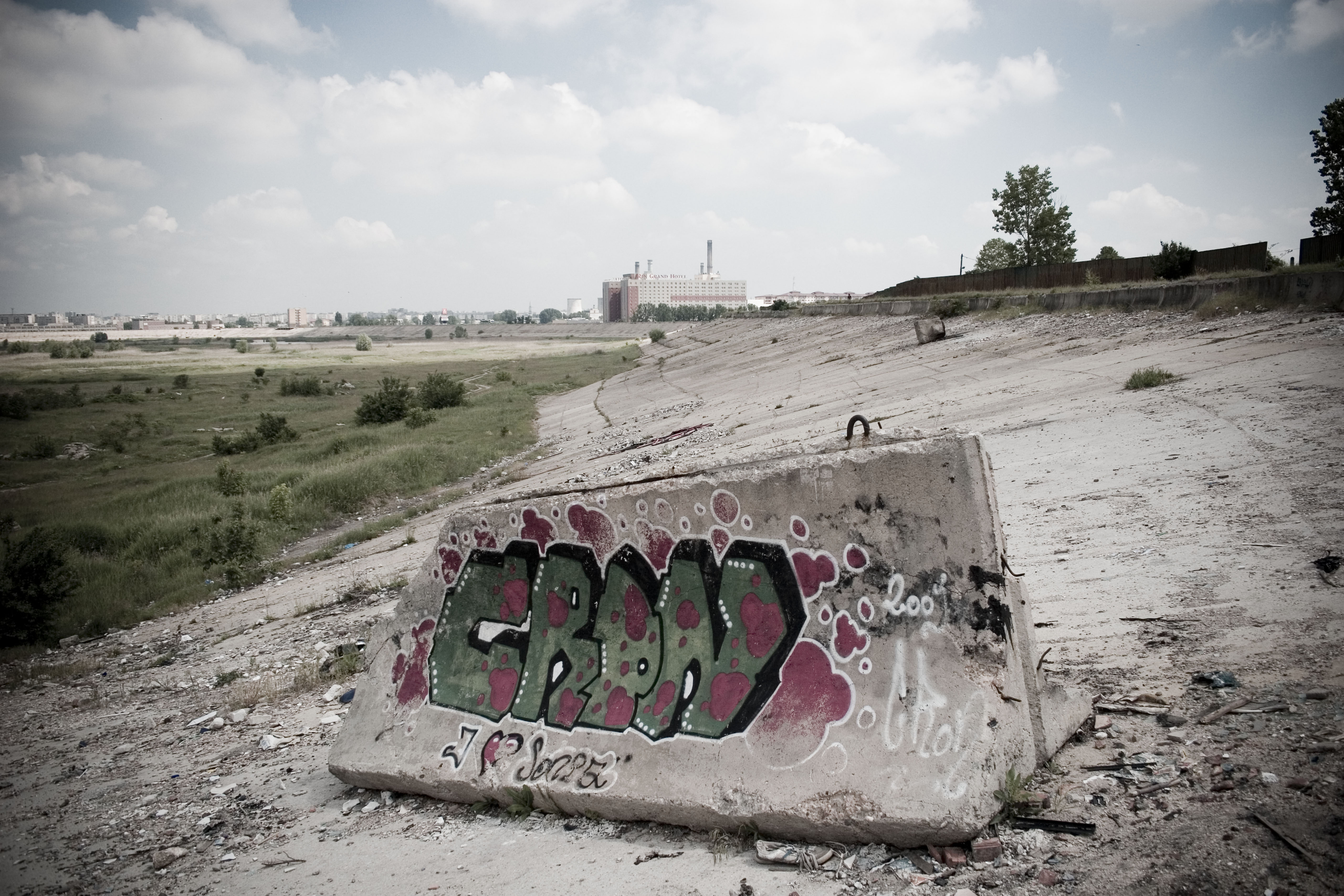
Lac Vacaresti was never a lake. Constructed to accessorise a bridge which linked Bucharest to the Danube, the ambitious communist-era project never saw the light of day. Today it treads a fine line between public waste- and rank vegetation grounds. Mircea's optimistic though: biodiversity thrives here and various migratory birds have been spotted (Image: ©Anne-Lore Mesnage/ anneloremesnage.com/)

Huge chimneys mark the thermal power station, providing hot water for the city. The network is outdated and sometimes loses huge amounts of heat. Meanwhile, if Norman Bates lived in Bucharest, would this be his 1, 000-roomed hotel? (Image: ©Anne-Lore Mesnage/ anneloremesnage.com/)
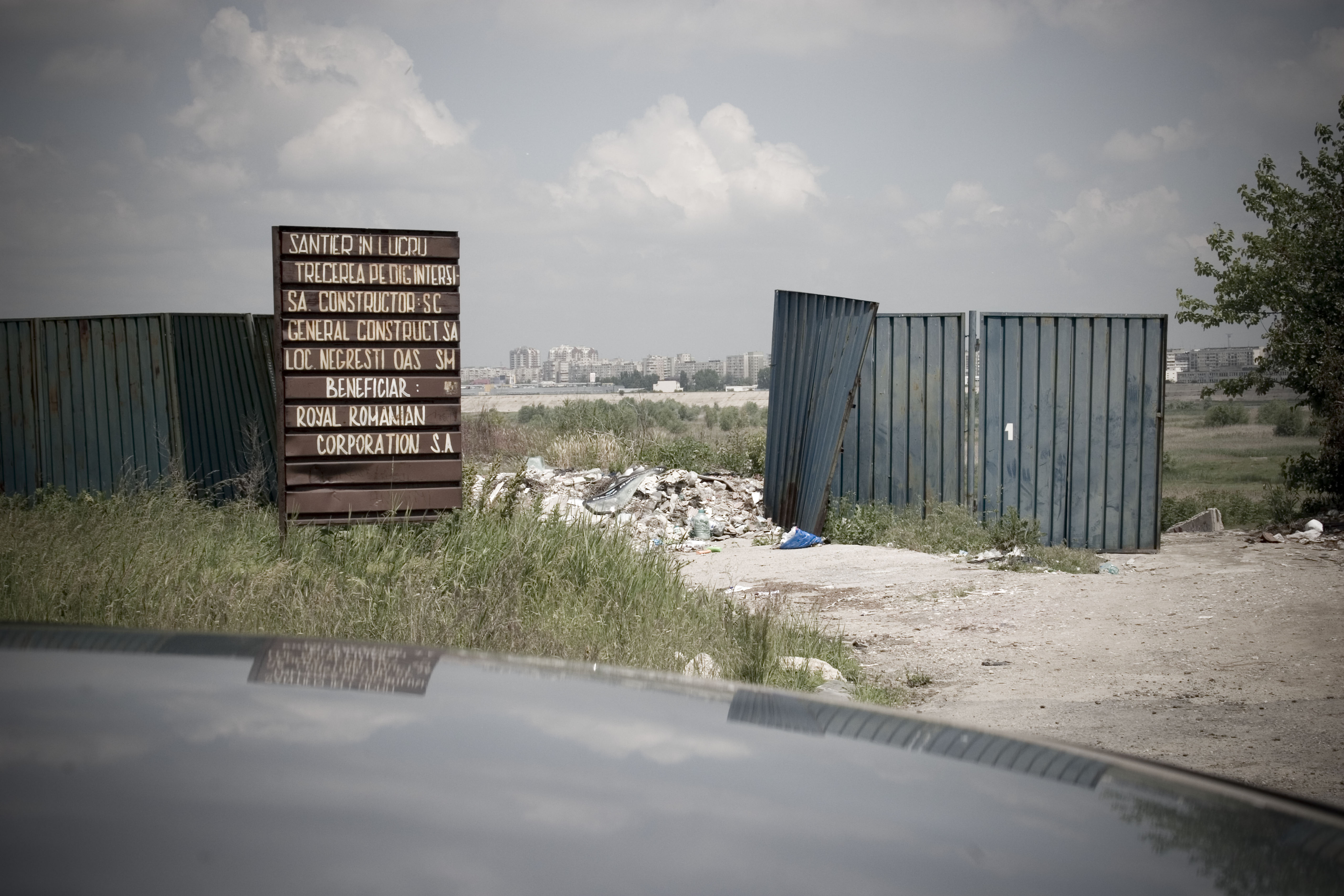
Barriers encircle the 'lake' (Image: ©Anne-Lore Mesnage/ anneloremesnage.com/)
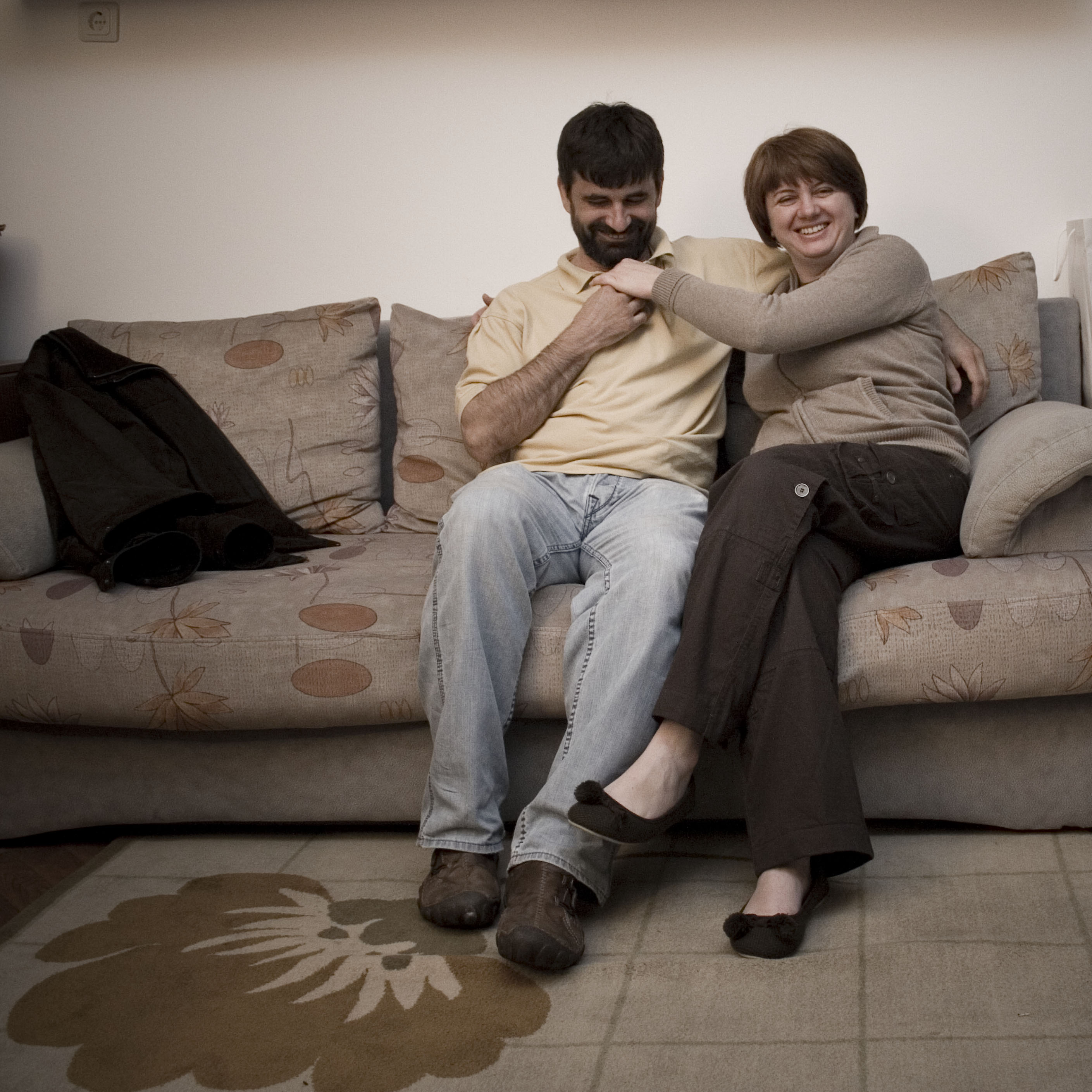
Felicia quit a prestigious job in a publishing house to focus on sustainable development and found the Terra Singura Noastra Casa association. She teaches and works with school children across the capital. She doesn't earn from it, but she couldn't imagine not doing it (Image: ©Anne-Lore Mesnage/ anneloremesnage.com/)
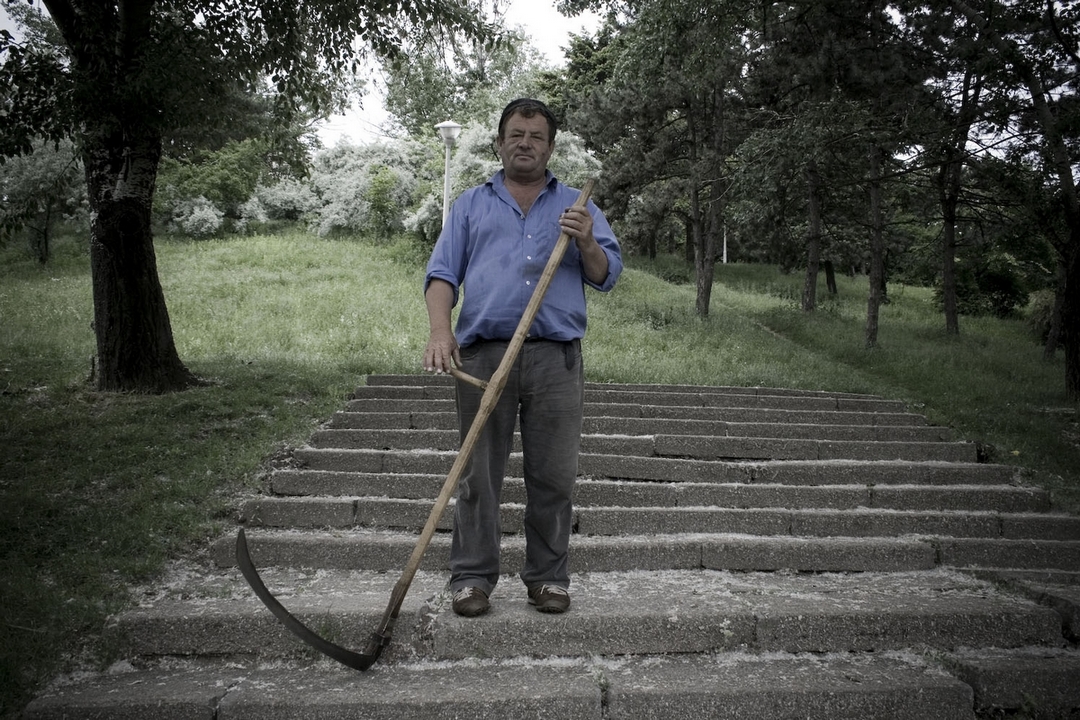
Felicia explains that in Bucharest, the 'public domain administrations', institutions under the supervision of the six district city halls, take care of the green areas of the cities. 'It’s a very profitable business. They buy all sorts of plants and trees from abroad (huge carbon footprint!) which don't survive in the local climate and pollution, and have to be replaced very often. Sustainability is not taken into account.' Pictured, sickles in the city. The gardeners cut grass to dry it in the sun and use it as hay for animals. (Image: ©Anne-Lore Mesnage/ anneloremesnage.com/)
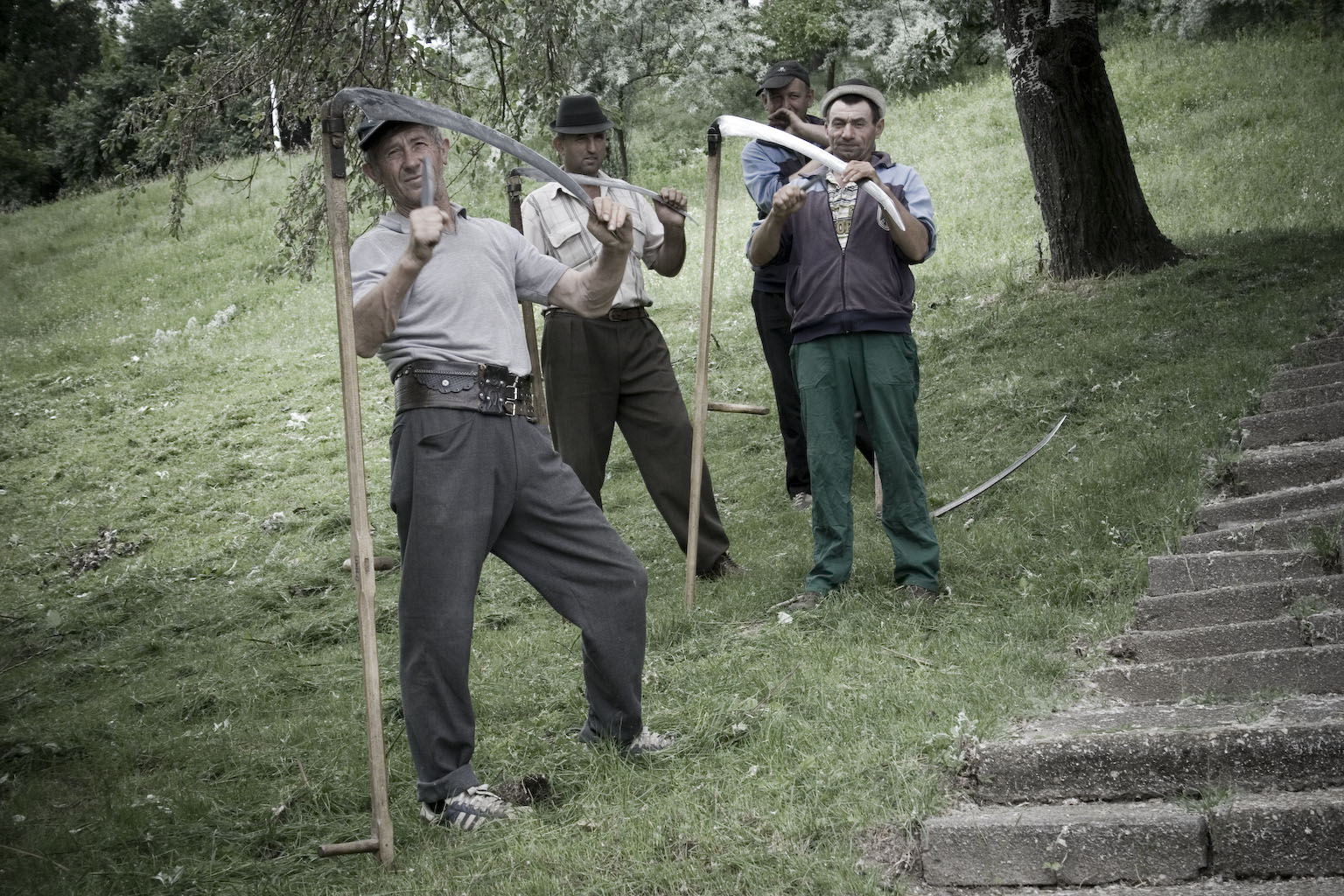
It's a rare moment in a city which has a hard time adjusting to
sustainable development. The park was opened in 1965 (Image: ©Anne-Lore
Mesnage/ anneloremesnage.com/)
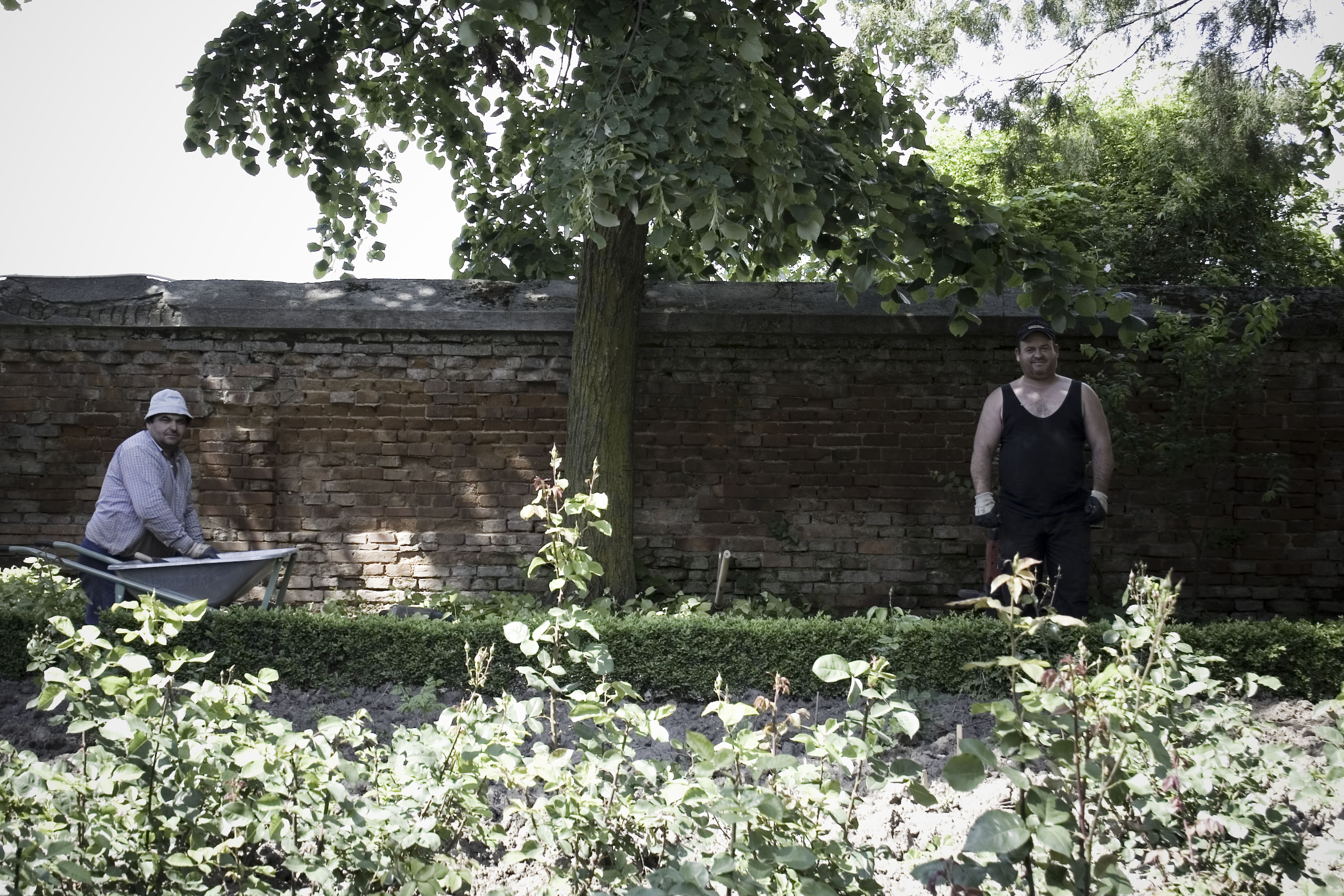
10km from Bucharest, a little spot of green paradise houses a 17th century palace. 'It's popular among the people who live nearby. Most know about it, but haven't actually seen it.They might think it is unaffordable or restrictive. This is partially good because the area is still preserved. Should there be a high touristic or real estate pressure in the area, we will probably lose Mogosoaia in no time,' says Veronica Andronache from the ViitorPluS association (Image: ©Anne-Lore Mesnage/ anneloremesnage.com/)
.jpeg)
Viitor Plus came up with the idea of making cotton bags aka 'Sacosa de Panza'... (Image: ©Anne-Lore Mesnage/ anneloremesnage.com/)
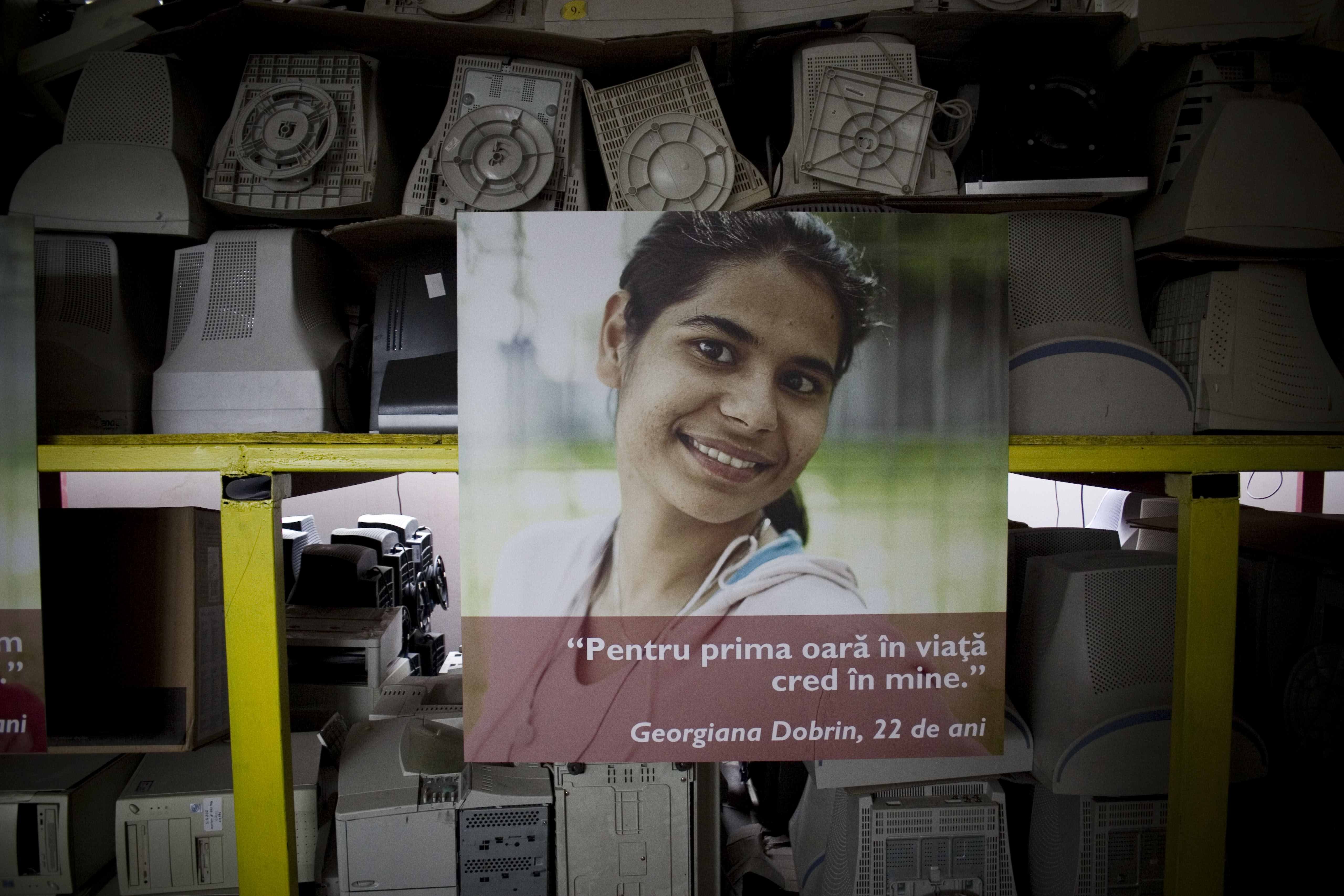
...to help professionally rehabilitate people with social difficulties, like Georgiana here (Image: ©Anne-Lore Mesnage/ anneloremesnage.com/)
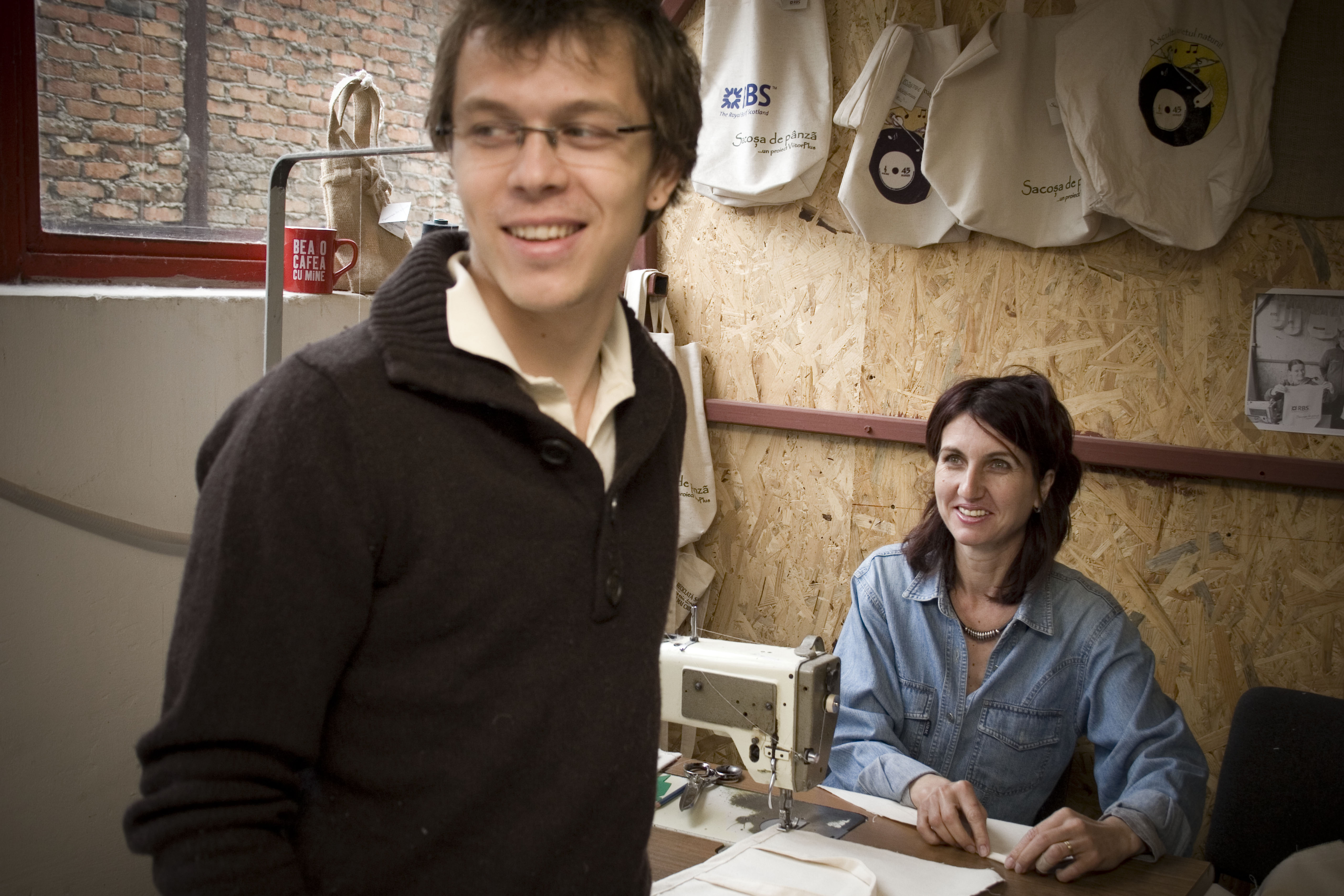
Iulian, a sustainable development activist, heads the Sacosa de Panza project and the Ateliers sans frontières of Bucharest, which are both run by Viitor Plus association (Image: ©Anne-Lore Mesnage/ anneloremesnage.com/)

Ateliers sans frontières also recoups old PCs for fixing (Image: ©Anne-Lore Mesnage/ anneloremesnage.com/)

Alex works for Recycleta, part of the Viitor Plus activities. He comes from a big family and is a father-of-five himself. He goes between small companies to collect paper for recycling (Image: ©Anne-Lore Mesnage/ anneloremesnage.com/)
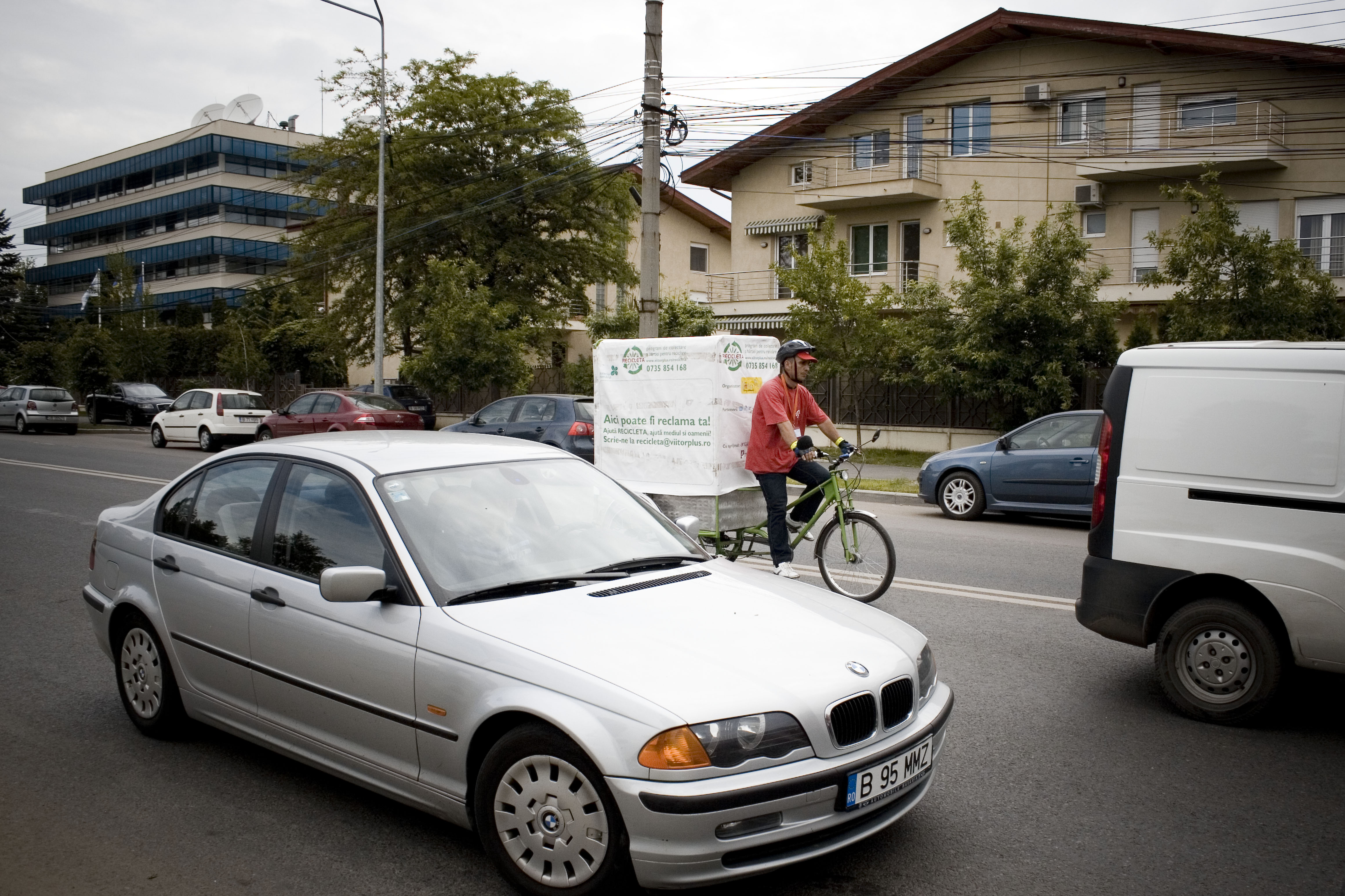
Bucharest doesn't take advantage of the paper collector. Only local initatives see such a project take shape (Image: ©Anne-Lore Mesnage/ anneloremesnage.com/)
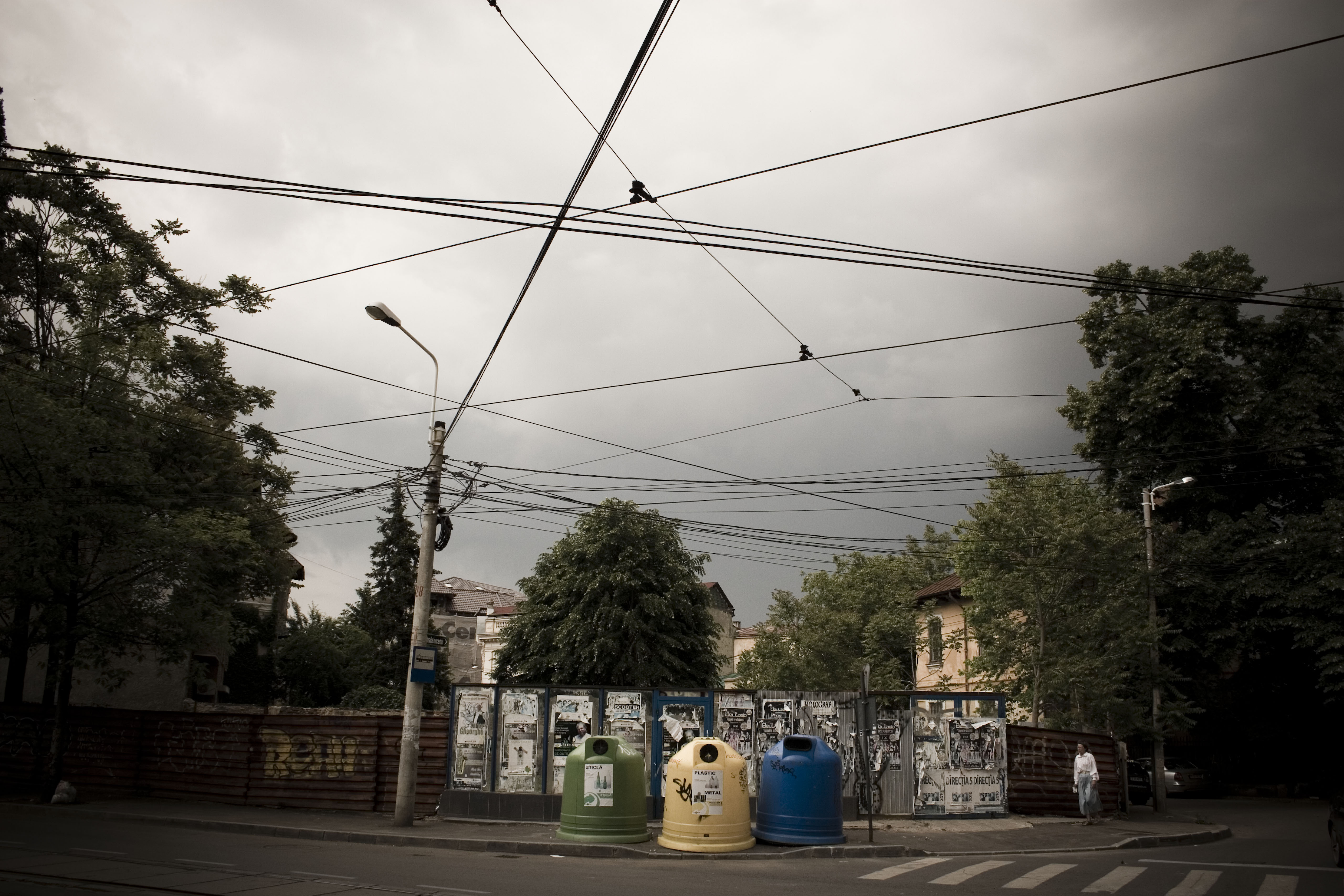
'When we were younger, we had to recycle everything at school,' says Ioana from the Vello Bello association, which encourages women to use bikes in the city. 'The communist system imposed it. We were never explained why. It wasn't interesting, it was a burden. Today people keep that in mind and it's difficult to get them to change their ways. It's got negative connotations' (Image: ©Anne-Lore Mesnage/ anneloremesnage.com/)
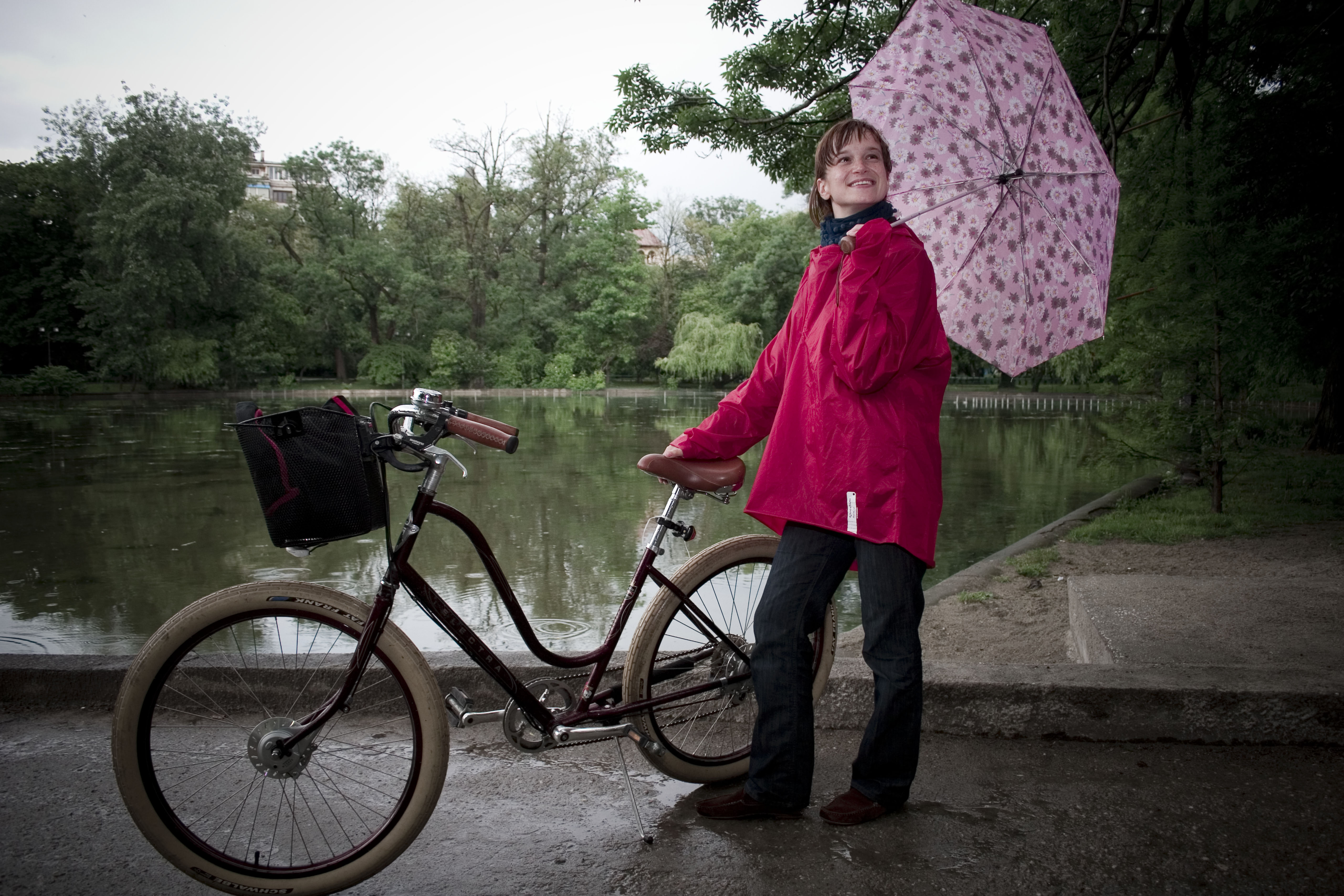
Ioana and her sister organise various protests and invite women to ride their bikes on flamboyant dresses. 'More and more people are cycling in this city,' she says. 'But the bike networks remain very badly organised. Sometimes you'll spot a tree planted in the middle of a bike lane, or you'll have to get off your bike to change pavement' (Image: ©Anne-Lore Mesnage/ anneloremesnage.com/)
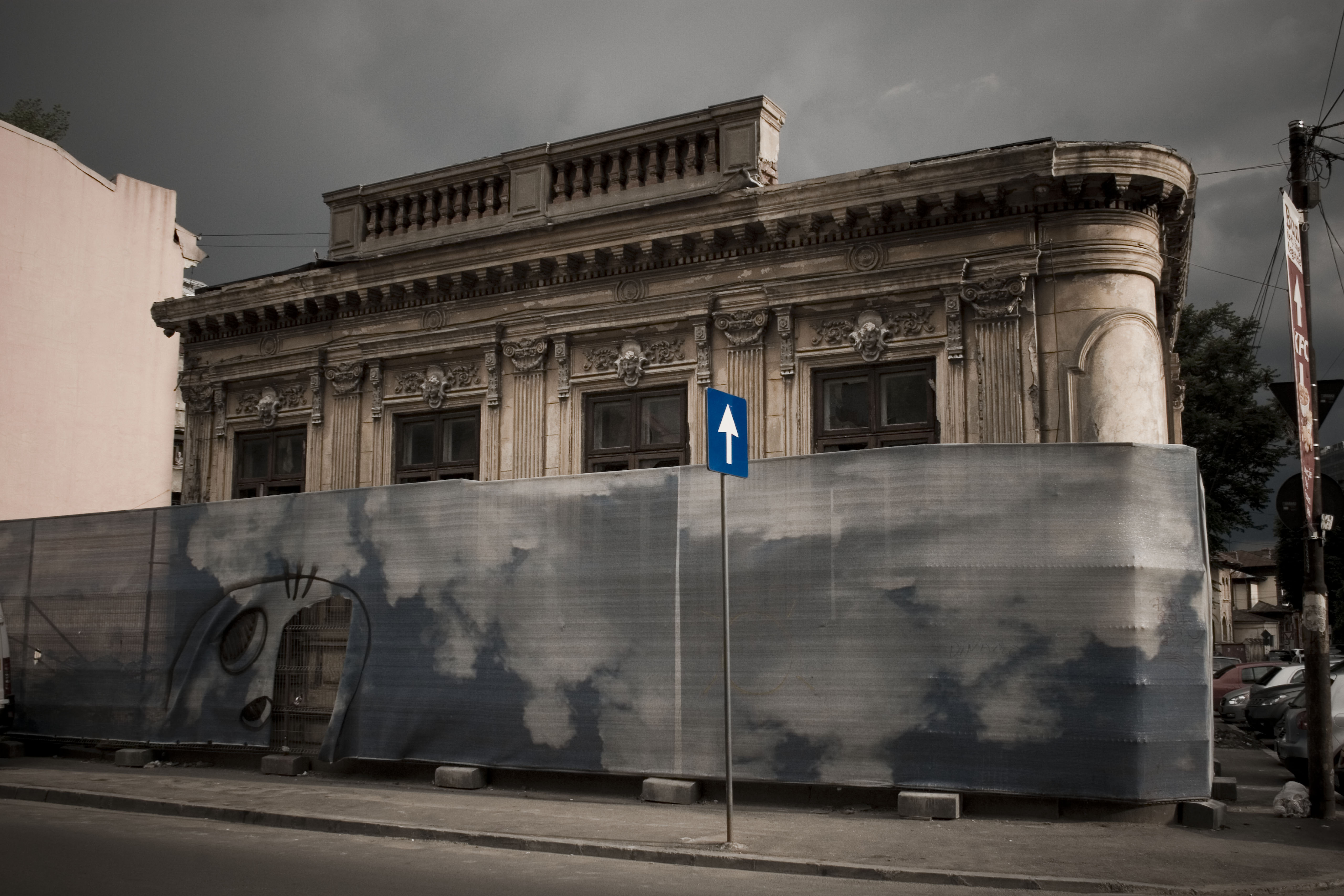
Bucharest-based American photographer Davin Ellicson, who completed an assignment with the Romanian Green Building Council in April, puts it best. 'In the 1980s Ceausescu destroyed much of the city's 'Little Paris' charm. By 1989 Bucharest was a police state akin to Pyongyang with a massive stray dog problem to boot. Ceausescu changed the psyche of Bucharestians. Communism forced Romanians to turn inward and focus on their families and there has been very little civic pride. Most people were too poor until recently to even care about their city, public spaces or the environment. Bucharest is changing and it is a good time to be coming here. Just this spring I observed a huge explosion of young hipsters on bikes. Finally, it seems the city is starting to show some signs of the fact that it is the year 2010' (Image: ©Anne-Lore Mesnage/ anneloremesnage.com/)



